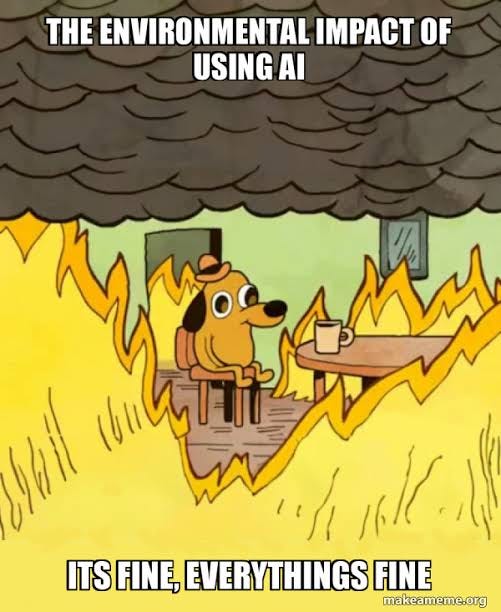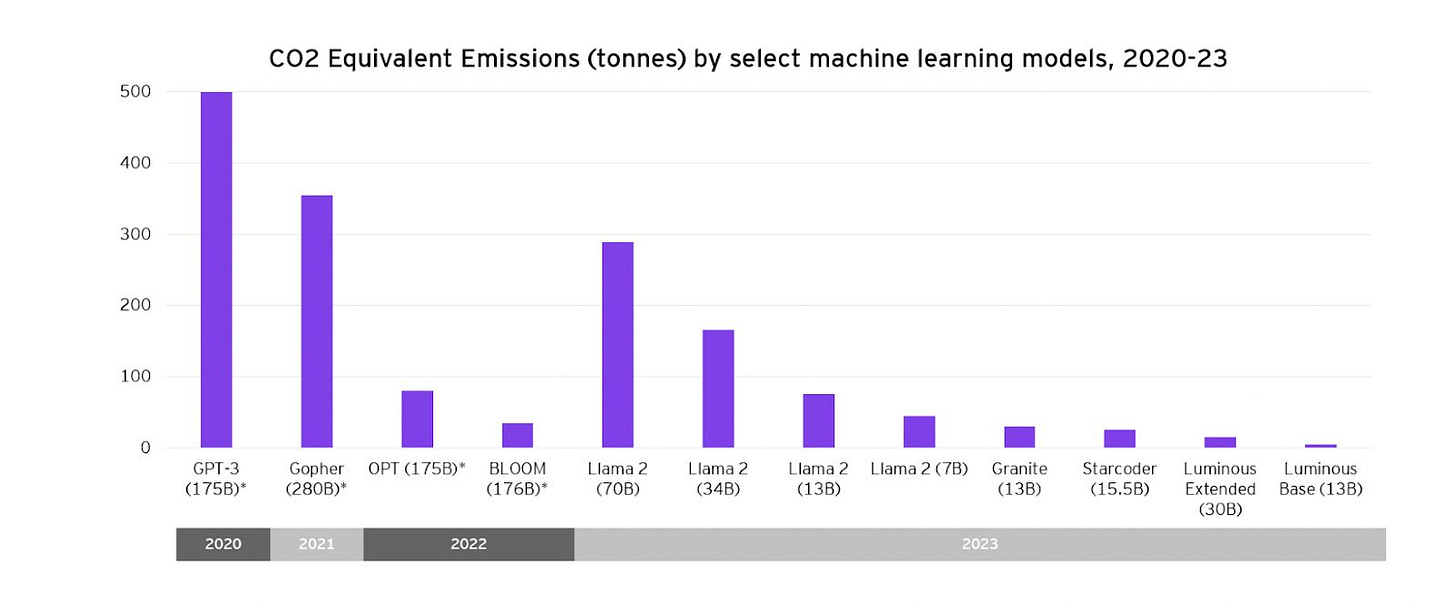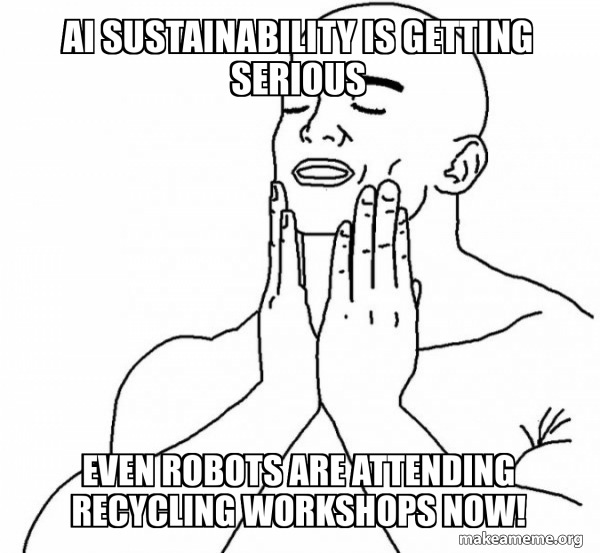Sustainability was the gym membership that no one used for years as companies focused on making money rather than protecting the environment. With the Paris Agreement's goal of net-zero by 2050, 70% of Fortune 500 companies are now relying on consultants to make their business sustainable for the planet. The UN agenda to achieve the 17 sustainable development goals by 2030 has resulted in an increased support for the green finance initiatives. A crucial part of this is Corporate Social Responsibility which holds the company accountable not only to its stakeholders but also to the public and the environment.
In the vast ocean of sustainability frameworks, sustainability consultants act as a lighthouse, helping companies steward their business strategy. They employ advanced tools like Climate Risk Assessments and Generative AI and empower businesses to transform their operations, ensuring compliance with regulatory standards while maintaining profitability. When it comes to this transformative journey of sustainability AI has become a brahmastra, turning lofty sustainability goals into tangible outcomes.
But the question remains: Can a profit driven economy truly embrace sustainability?
From Profits To Green Action
Scope 3 emissions are the carbon footprints that come from a business's supply chain, like those from waste disposal, transportation, and the manufacturing of acquired items. The largest portion of a company's carbon footprint may consist of these emissions, which can be hard to track and even harder to reduce. Conversely, ESG (Environmental Social Governance) compliance serves as a company's report card, ensuring that they are not only profitable but also ethical, socially conscious, and environmentally responsible. Therefore, ESG compliance is now crucial in addition to a company's earnings.
When suit clad consultants are called upon to deal with this tangle of scope 3 emissions and ESG compliance, AI is their ultimate weapon. AI’s ability to analyze real-time traffic, weather, and fuel pricing data to optimize delivery routes is similar to having a superhuman GPS that gets you there more quickly while ensuring that your carbon footprint remains in check. However, AI goes beyond that; it reduces waste, increases renewable energy, and revitalizes supply chains. It is like the ultimate "eco-wizard" when it comes to energy optimization, predicting future disasters like deforestation and sea level rise.
Not to be overlooked is AI's role in ESG reporting and carbon tracking. It is the detective that monitors every bit of pollution and ensures that businesses can't falsify their green claims. As reporting rules get more stringent, making it impossible for companies to hide their environmental malpractices, AI becomes a crucial tool for ESG compliance.
So, the next time you hear about AI, keep in mind that it's not just smart; one data point at a time, it's rescuing the globe!
Consulting in Action
A Deep Dive into Industries
Let’s explore these AI uses in sustainability consulting through two real life cases.
TESCO is a large UK based supermarket chain which was facing an insurmountable issue of waste generation. According to the Guardian, TESCO discovered that they had enough packaging debris to construct a life-size plastic model of the Great Wall of China! So, with consultants at the forefront, They cleaned up their act.
First, they ensured that all of the products they used were environmentally friendly by obtaining 100% sustainable sourcing. Following that, they eliminate 5,000 tonnes of plastic per year, cutting packaging waste by half (goodbye, worthless bubble wrap). Furthermore, they overhauled their distribution system, lowering logistical costs by 18% by using 50% electric cars. The frosting on the cake? These eco-friendly initiatives not only benefited the environment, but they also increased brand recognition, resulting in a 15% rise in sales of sustainable products and a 22% increase in eco-conscious customer participation.
Another example of consulting in action is the case of McKinsey & Company, which has identified
Over 600 AI use cases that are in line with the UN Sustainable Development Goals integrating AI to promote sustainability. More than 82% of these solutions have already been put into practice. McKinsey uses AI for quick catastrophe assessments through the DISHA initiative, which improves the effectiveness of humanitarian response activities. Working with the One Ocean Foundation, the company used generative AI to evaluate business impacts on marine ecosystems by analyzing 300,000 pages of sustainability reports from 2,500 companies. AI-driven solutions are used in the energy sector to maximize the efficiency of renewable energy sources and aid in the global shift to net-zero emissions. Additionally, McKinsey offers firms affordable routes to sustainability by evaluating the financial viability of different emission reduction options using the Marginal Abatement Cost (MAC) Curve methodology. These initiatives demonstrate McKinsey's dedication to using AI as a catalyst for verifiable environmental benefit and sustainable innovation.
The Dark Side of AI
These cases of consulting in live action are proof enough that Artificial intelligence (AI) is an all-rounder, like the cool kid at school. It greatly improves efficiency and performs all tasks, whether it's forecasting the weather, or helping us choose the ideal Netflix series.
But wait a minute... Let's discuss its dirty little secrets.
First comes, the energy consumption. The process of training an AI system can consume energy like an endless buffet, regardless of whether it involves deep learning or natural language processing. One of these models can really emit as much CO2 during training as five cars travelling across the nation throughout their careers. Yes, you read correctly. A road trip with a fleet of cars is equal to one AI model.
Source- makeameme.org
And you know what? The desire for power doesn't stop there. Massive data canters, which are enormous warehouses filled with servers that are constantly on duty like over-caffeinated interns, are another source of AI. Approximately 1% of the world's energy consumption is attributable to these data centers. Next comes the hardware. Like last season's fashion, GPUs, servers, and all AI gadgets soon become obsolete. When this technology loses its appeal, what will happen to it? It is thrown in the ever-expanding pile of electronic debris, or "e-waste," which, interestingly, reached a record 53.6 million metric tonnes to date in 2020. It's like a digital cemetery full of outdated technology. Additionally, these discarded devices have the potential to leak dangerous chemicals that could wind up in your water.
However, making sure that AI is not doing more harm than good with its abilities is the tricky part. This entails creating AI that uses less energy, supplying data centers with renewable energy, and—above all—making sure that we don't dispose of all those outdated GPUs in a landfill. All we need to do is make AI greener, more energy-efficient, and less wasteful.
Source- Nature Communication (National Commun)
SWOT Analysis: The Good, the Bad, and the Green
Strengths: AI to the Rescue
In the world of sustainable consulting, AI is the ultimate assistant, processing heaps of data on a regular basis, and delivering insights that would make even the most seasoned consultants blush. According to recent studies, energy consumption in manufacturing industries can be reduced up to 20%, with AI driven solutions.
Climate modelling and prediction? Done.
Optimization of Supply Chain? Done.
Streamlining Sustainable Reporting? Done and done.
Additionally, AI leads to reduction in both time and costs by integrating processes like sustainability reporting, sentiment analysis, and compliance monitoring. AI also equips consultants with much needed competitive advantage. Consultants leveraging AI driven tools ensure their services are centered around sustainability, placing themselves as pioneering leaders.
Weaknesses: AI’s Not-So-Green Secrets
All that glitters is not gold; beneath AI’s lustrous facade, lies a web of not-so-shimmery secrets. AI models, especially large language models (LLMs), require substantial computational powers, leading to high energy consumption and increasing carbon footprint. So these powerful AI models? They’re energy hogs.
And every ChatGPT query emits about 1.3 grams of CO₂, which is approximately equivalent to driving a gas-guzzling car for 0.005 miles. Let’s take into account the millions of queries that arise daily, and suddenly AI’s carbon footprint appears to be a monster stomping on earth. About offsetting these emissions: annually a single tree can absorb about 21kgs of CO₂, this implies that the cost of 16,154 ChatGPT queries is a tree. I don’t know about you all, but I need to start planting a forest. AI is only as good as the data it’s fed, and in many parts of the world, mainly, developing economies, that data is about as reliable as a weather forecast in spring.
Source- EY
Opportunities: The Green-Golden Hour
Here’s where things get exciting. AI isn’t just a tool; it’s a golden ticket for consultants to stand out in an over-crowded market. With new regulations like the CSRD ( Corporate Sustainability Reporting Directive) and EU AI Act popping up faster and faster, AI can help clients navigate the compliance maze with ease, by automating reporting and ensuring transparency. AI also opens doors to international collaboration, enabling consultants to tackle big-ticket sustainability issues like deforestation and resource depletion. How must we forget about the green, i.e., the cost savings? According to a recent study by Bain & Company, AI possesses the potential to bring down operational costs by as much as 15% while ensuring the carbon footprint remains in check.
In fact, by 2030, the European Parliament’s Think Tank estimates that AI could be harnessed to reduce global greenhouse gas emissions by 1.5-4%, which would directly assist in working toward the targets set out in Goal 13.
The upcoming opportunities for development of AI in sustainable consulting has been varied across different countries. These opportunities are amplified by regulatory surges in the U.S. ($16.99B market by 2025 via Inflation Reduction Act) and China ($17.6B in 2024 via Dual Carbon Policy). The U.S. drives state-level climate laws and a $880M oil/gas transition boom, while China’s 1+N framework directs CNY23B annually to cement/steel decarbonization—creating prime terrain for AI to optimize compliance and accelerate global sustainability.
Not lagging far behind these developed nations, the road ahead for India is brightly lit too as it embraces AI to tackle sustainability in a way that feels both futuristic and pragmatic. Farmers are using AI to save water and boost crop yields, while cities are deploying it for smarter waste management and smoother traffic. The energy sector benefits too, with AI optimizing renewables and turning waste into biofuel. Yet, challenges remain—like bridging rural gaps and managing AI’s energy use—but India is steadily emerging as a global leader in green AI. It’s tech with a human touch, shaping a cleaner, smarter future.
In short, AI isn’t just an opportunity; it’s a game-changer.
Threats: The Plot Thickens
As we all know, it is the villain that makes the movie interesting. AI’s environmental impact is a double-edged sword—while it helps solve sustainability problems, it also contributes to them. Furthermore, rapidly changing regulations around AI are no help. Another nail in the coffin is the ethical concerns associated with AI, which exposes clients to the risk of data scandals. Besides, the demand for green energy has the potential to outrun the supply, this would leave behind the consultants scrambling for sustainable solutions. Moreover, there also lies the risk of over-reliance; while it may be smart, AI is still no substitute for human judgment, morals and creativity.
Source- makeameme.org
Conclusion
In sustainability consulting, artificial intelligence (AI) is like a superhero with two personalities: during the day, it saves the earth, but at night, it stealthily consumes energy and leaves a trail of e-waste. Although technology can streamline supply chains, reduce emissions, and make companies appear environmentally conscious, we must not overlook the fact that training an AI model consumes electricity like a child with limitless arcade tokens.
What is the solution, then? Companies should maintain AI on a sustainability diet, which includes energy-efficient algorithms, leaner, greener data centres, and perhaps even some AI-powered guilt trips regarding their carbon footprint. The future isn't just about utilizing AI; it's also about ensuring that it doesn't masquerade itself as an environmental monster.
Citations and References
mckinsey.com
AI and Sustainability: The Power of Integration. (2024,October 3). Bain. https://www.bain.com/insights/ai-and-sustainability-power-of-integration-ceo-sustainability-guide-2024/
authorsalutation:, authorfirstname:Dave, authorlastname:O’Shaughnessy, authorjobtitle:EY Ireland Partner and Sustainability Reporting - 3 ways AI can drive your sustainability goals in 2024 https://www.ey.com/en_ie/insights/consulting/3-ways-ai-can-drive-your-sustainability-goals-in-2024
(authorsalutation:Dr., authorfirstname:Volha, authorlastname:Litvinets, authorjobtitle:Senior Digital Risk Consultant, Responsible AI, Ernst & Young Advisory, authorurl: https://www.ey.com/en_nl/people/volha-litvinets
Jain, V., & Mitra, A. (2024). Ethical implications of artificial intelligence in promoting sustainable clean energy solutions. In Practice, progress, and proficiency in sustainability (pp. 96–118). https://doi.org/10.4018/979-8-3693-6567-0.ch006
Zhuk, A. (2023). Artificial intelligence impact on the environment: Hidden ecological costs and Ethical-Legal Issues. Journal of Digital Technologies and Law, 1(4), 932–954. https://doi.org/10.21202/jdtl.2023.40
O’Shaughnessy, D. (n.d.). 3 ways AI can drive your sustainability goals in 2024. EY Ireland. https://www.ey.com/en_ie/insights/consulting/3-ways-ai-can-drive-your-sustainability-goals-in-2024















Very well writing article 👏🏻👏🏻👏🏻👏🏻
Very insightful.